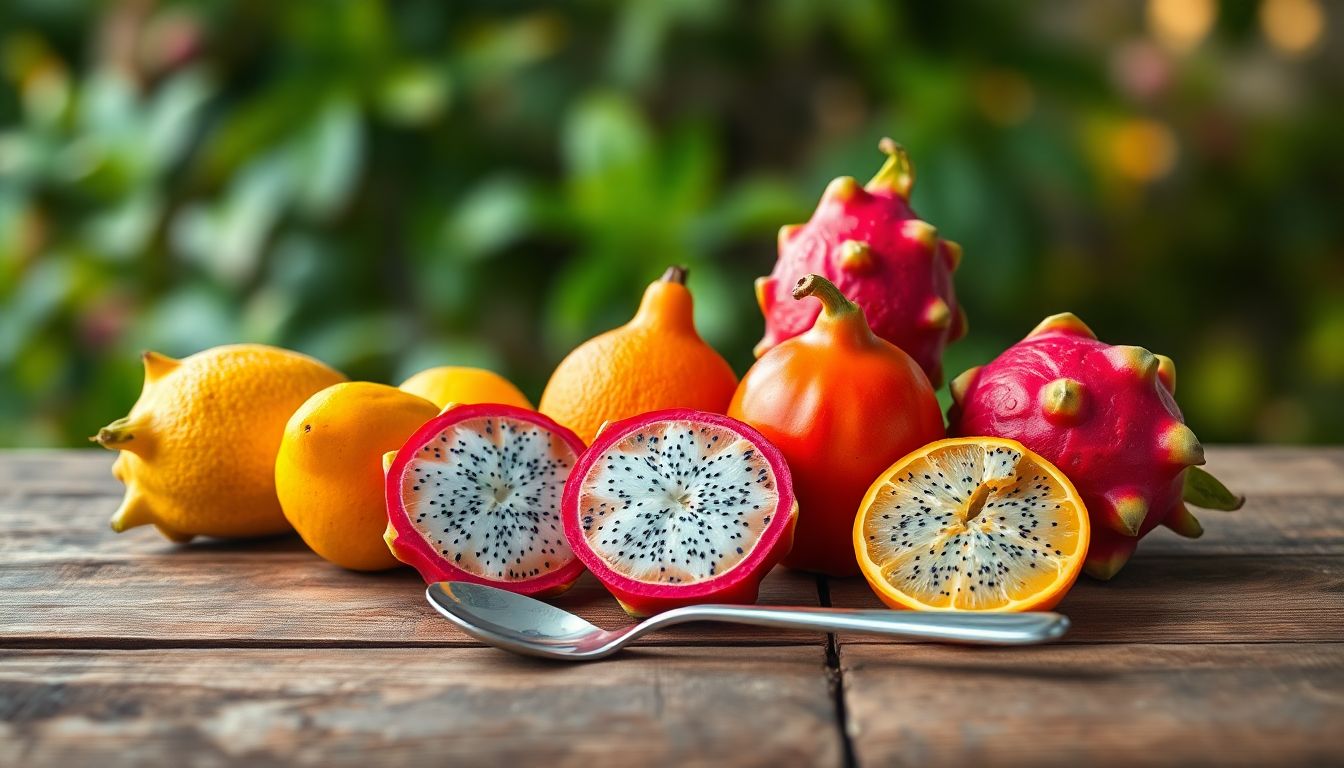
Many folks think that if you have diabetes, fruit is off-limits. That's a myth! While it's true that you need to be mindful of your blood sugar, completely cutting out fruit isn't necessary.
The secret lies in understanding the glycemic index (GI) and glycemic load (GL). These tools help you see how different foods affect your blood sugar. Let's explore five "unexpected" fruits that can be part of a healthy diabetic diet in 2025, as long as you eat them in moderation.
Understanding Fruit and Diabetes: Beyond the Myths
Let's face it; fruit gets a bad rap sometimes. Many people with diabetes worry that the sugar in fruit will cause their blood sugar to spike. This thinking is often wrong. Fruit offers crucial vitamins, minerals, and fiber. It can be a yummy and nutritious part of your diet. The trick is knowing which ones to choose and how much to eat.
The Glycemic Index (GI) and Glycemic Load (GL) Explained
The glycemic index (GI) ranks foods on a scale of 0 to 100. This shows how quickly they raise your blood sugar. Foods with a high GI cause a faster increase.
Glycemic load (GL) considers both the GI and the amount of carbohydrates in a serving. GL is often more helpful than GI alone. It gives you a better idea of the actual impact on your blood sugar. Choose fruits with lower GI and GL values more often.
Portion Control is Key
Even with healthy fruits, moderation matters. A single serving of fruit typically contains about 15 grams of carbohydrates. Most people with diabetes can include one to two servings of fruit per day. Work with a registered dietitian or healthcare provider. They'll help you determine the ideal amount for your needs.
Fiber's Role in Blood Sugar Regulation
Fiber is a game-changer for managing blood sugar. This slows down the absorption of sugar into your bloodstream. This helps prevent rapid spikes. Many fruits are packed with fiber. This makes them a smart choice for people with diabetes.
Unexpected Fruit #1: Tart Cherries
Tart cherries aren't just for pies. They are nutritional powerhouses. They boast antioxidants and potential anti-inflammatory properties. These could be really helpful for overall health.
Anthocyanins and Their Benefits
Tart cherries get their deep red color from anthocyanins. These are powerful antioxidants. Some research suggests anthocyanins may improve insulin sensitivity. That's great news for people with diabetes! A study in the Journal of Nutritional Biochemistry showed that anthocyanins can improve glucose metabolism in mice.
Serving Suggestions and Potential Pitfalls
Enjoy tart cherries in smoothies or as a topping for yogurt. Be careful with some tart cherry products, though. Some of them come with added sugar. Always read the labels. Choose unsweetened versions whenever possible.
Unexpected Fruit #2: Guava
Guava is a tropical delight packed with fiber. It also comes with a relatively low glycemic index. That makes it a fantastic option for managing blood sugar.
The Fiber Advantage
Guava stands out because of its impressive fiber content. A single guava can provide a large percentage of your daily fiber needs. This high fiber content helps to slow down sugar absorption. This helps keep your blood sugar levels stable.
Guava Consumption Ideas and Availability
Eat guava fresh. Add it to salads for a tropical twist. Guava is becoming more widely available in many regions. Look for it at your local grocery store or international market.
Unexpected Fruit #3: Plums
Plums are sweet, juicy, and surprisingly good for you. Different varieties exist, each with its own GI value. So, it's good to choose wisely.
Plum Varieties and Glycemic Impact
Japanese plums generally have a lower GI than European plums. A lower GI means they have less impact on blood sugar. Experiment with different types. Note how your body reacts.
Health Benefits Beyond Blood Sugar
Plums are rich in antioxidants. Plums contain essential vitamins. They offer various health benefits beyond blood sugar management. These include supporting heart health and boosting immunity.
Unexpected Fruit #4: Green Bananas
You're likely used to yellow bananas. Green bananas offer a different nutritional profile. Their starch content makes them unique.
Resistant Starch and Its Impact
Green bananas are high in resistant starch. This type of starch isn't digested in the small intestine. Instead, it ferments in the large intestine. It acts like fiber. This has a minimal impact on blood sugar levels.
Ways to Incorporate Green Bananas
Boil green bananas and serve them as a side dish. Blend them into smoothies for a creamy texture. Green bananas offer a versatile and diabetes-friendly option.
Unexpected Fruit #5: Grapefruit
Grapefruit has a low GI. It may offer benefits for insulin resistance. That makes it a worthwhile addition to a diabetic-friendly diet.
Naringenin and Insulin Sensitivity
Grapefruit contains a flavonoid called naringenin. Some studies suggest that naringenin could improve insulin sensitivity. A study in the American Journal of Clinical Nutrition found that naringenin improved glucose tolerance in individuals at risk of type 2 diabetes.
Grapefruit Interactions with Medications
Important: Grapefruit can interact with certain medications. It can affect how your body processes these drugs. Talk to your doctor or pharmacist before eating grapefruit. This is especially important if you take medications for heart conditions, high cholesterol, or other health issues.
Conclusion
Embrace the idea that you can enjoy fruit even with diabetes. Incorporate tart cherries, guava, plums, green bananas, and grapefruit into your diet. These are all good choices in 2025. Remember that everyone responds differently to food. Monitor your blood sugar regularly. This will help you understand how these fruits affect you.
Consult with a healthcare professional or registered dietitian. They can provide personalized dietary advice. This will help you manage your diabetes effectively. Make informed food choices and enjoy a balanced, delicious diet.
%20(4).jpeg)